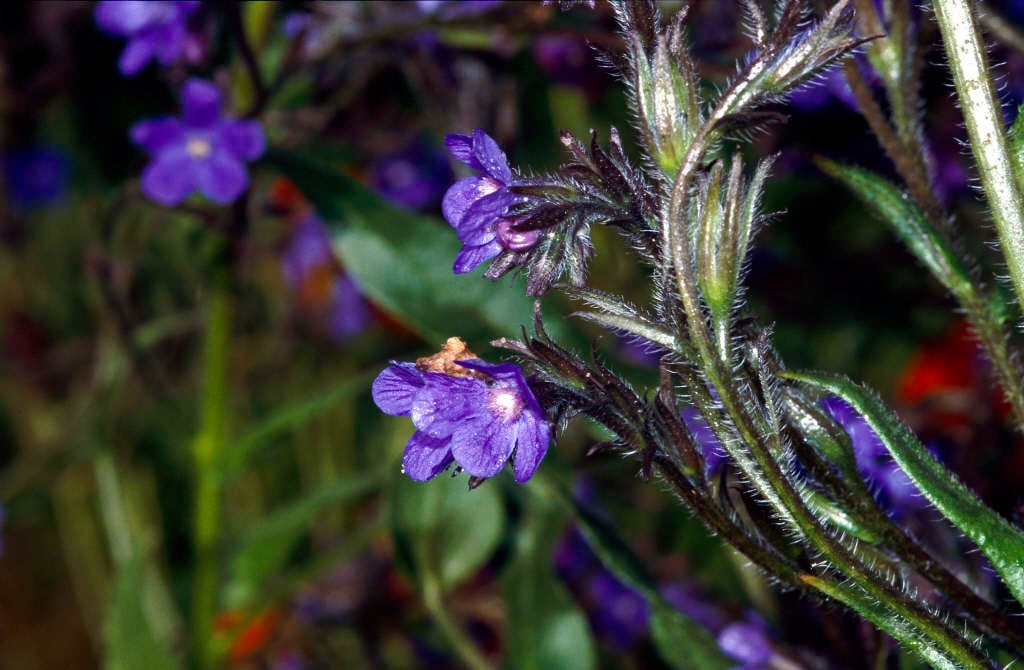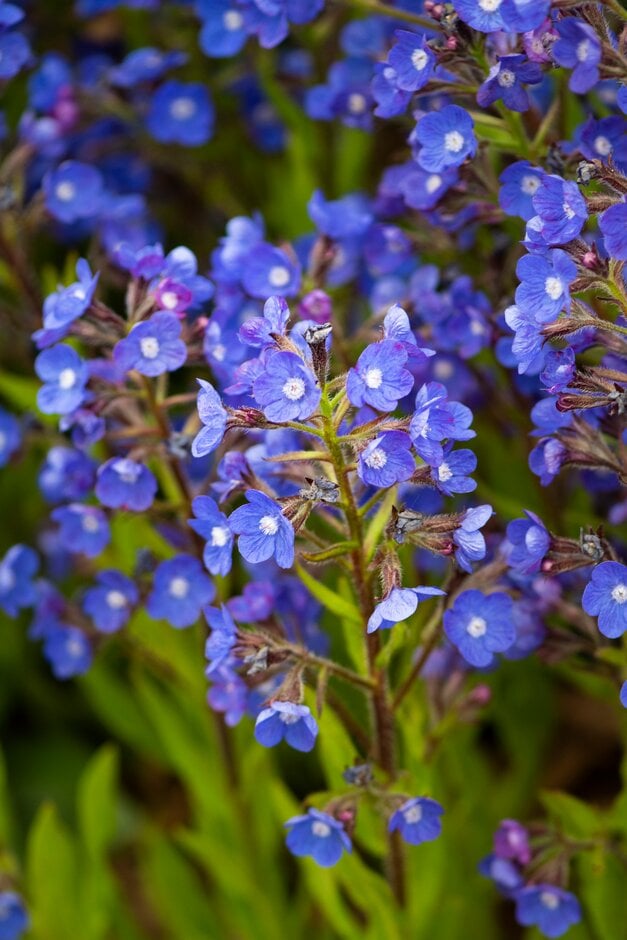Size
Ultimate height
0.5–1 metresTime to ultimate height
2–5 yearsUltimate spread
0.1–0.5 metresGrowing conditions
Moisture
Moist but well–drainedpH
Acid, Alkaline, NeutralColour & scent
| Stem | Flower | Foliage | Fruit | |
| Spring | Green | |||
|---|---|---|---|---|
| Summer | Blue | Green | ||
| Autumn | Green | |||
| Winter |
Position
- Full sun
- Partial shade
Aspect
West–facing or South–facing or North–facing or East–facing
Exposure
Sheltered Hardiness
H5Botanical details
- Family
- Boraginaceae
- Native to GB / Ireland
- No
- Foliage
- Deciduous
- Habit
- Spreading branched
- Genus
Anchusa can be erect or spreading perennials, biennials or annuals with hairy or bristly foliage and cymes of tubular or salver-shaped, usually blue flowers
- Name status
Accepted
How to grow
Cultivation
Grows in any moderately fertile, moist but well-drained soil in full sun, although it can also tolerate partial shade. It thrives in moist soils but dislikes winter wet.
Propagation
Propagate by seed, root cuttings or by softwood cuttings from the base of young shoots
Suggested planting locations and garden types
- Wildlife gardens
- Cottage and informal garden
- Flower borders and beds
Pruning
Deadhead to encourage a second flush of flowers. Cut back top growth after flowering to encourage a rosette of foliage
Pests
May be susceptible to leaf-mining flies
Diseases
May be infected by powdery mildews
Love gardening
Sign up to receive regular gardening tips, inspiration, offers and more
View our Privacy Policy
Get involved
The Royal Horticultural Society is the UK’s leading gardening charity. We aim to enrich everyone’s life through plants, and make the UK a greener and more beautiful place.

